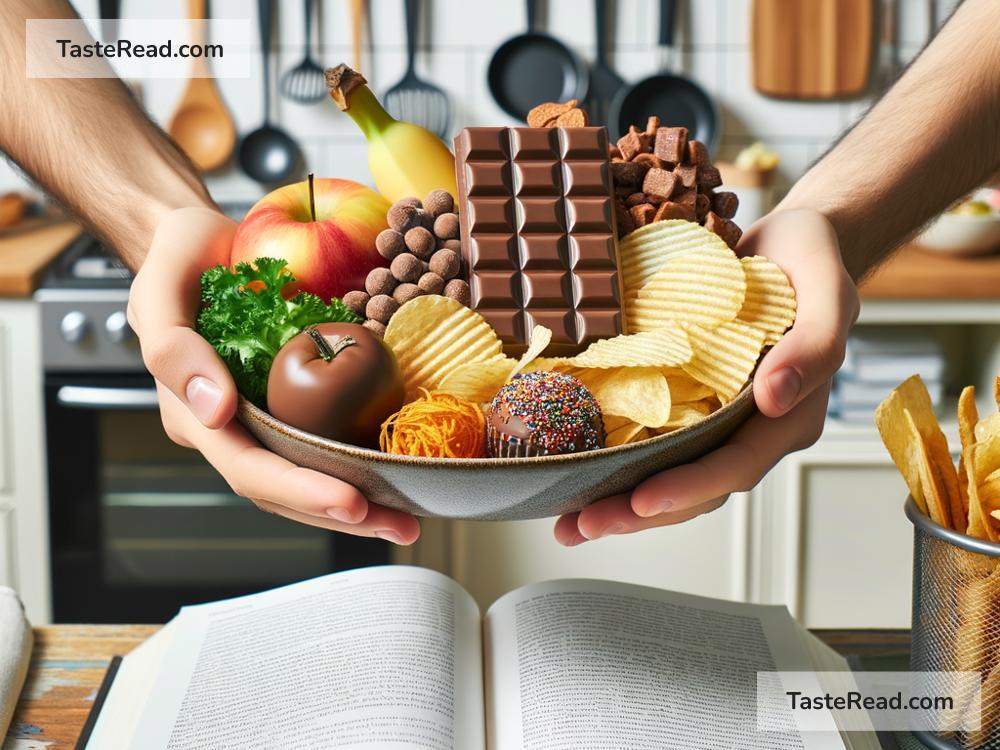The Science of Food Cravings: Why We Want What We Want
Have you ever felt an irresistible urge to eat chocolate or a slice of pizza even though you weren’t hungry? That overwhelming desire for a specific food is called a food craving. Cravings can strike at any time, and they’re different from hunger. While hunger is about needing energy, cravings are all about wanting pleasure. But why do we crave certain foods, and what’s happening inside our bodies and brains? Let’s explore the science behind food cravings in simple terms.
What Are Food Cravings?
Food cravings are intense desires for a specific type of food. These cravings often involve foods that are sweet, salty, or rich in fat — think chips, candy, or ice cream. Unlike hunger, which is driven by a physical need for fuel, cravings are more emotional and psychological. They can happen even after you’ve eaten a full meal.
There are two main types of cravings:
1. Physical cravings: These stem from your body’s needs. For example, if you’re dehydrated, you might crave something juicy like watermelon or soda.
2. Psychological cravings: These are linked to your emotions, memories, or habits. You might crave cake because it reminds you of happy birthday parties.
How Do Food Cravings Work?
To understand food cravings, we need to look at how the brain and body communicate. Here are some of the key players involved:
1. The Brain’s Reward System
Cravings start in your brain, thanks to a system called the reward system. Your brain releases chemicals called dopamine when you eat foods that taste good — especially sugary, fatty, or salty foods. Dopamine makes you feel happy and satisfied. Over time, your brain remembers which foods make you feel good, and that’s why you start craving them.
It’s like your brain saying, “Hey, remember that chocolate bar? It made you super happy last week. Let’s get some again!”
2. Hormones and Cravings
Hormones also play a big role in food cravings. Two of the key hormones are:
- Ghrelin: Known as the “hunger hormone,” ghrelin tells your brain it’s time to eat. High levels of ghrelin can make cravings worse, especially for high-calorie foods.
- Leptin: This hormone tells your brain that you’re full. However, in some cases (like after eating a lot of processed foods), leptin might not work properly, so your brain doesn’t realize you’re satisfied, and the cravings continue.
Another hormone called serotonin, which affects your mood, can also influence cravings. If your serotonin levels are low, you might crave carbs because they help boost this “feel-good” hormone.
3. Emotional Triggers
Food cravings are often linked to emotions. Have you ever reached for cookies after a stressful day? That’s because your brain sees comforting foods as a quick fix for negative feelings. Stress, boredom, sadness, or even happiness can trigger food cravings.
Certain foods — like chocolate — contain compounds that boost mood and reduce stress, which can make you crave them even more during tough times.
Why Do We Crave Certain Foods?
Not all cravings are the same. Your cravings can depend on your culture, diet, and even memories. For example, someone in the U.S. might crave pizza, while someone in Japan might crave sushi.
Scientists believe food cravings are influenced by several factors:
- Taste and pleasure: Sugary and fatty foods trigger the biggest dopamine rush, making them the most craved.
- Nutritional needs: Sometimes cravings are your body’s way of signaling a deficiency. For example, if you’re low on iron, you might crave red meat.
- Habits and routines: Eating a dessert every night can train your brain to associate evenings with sweets, turning it into a craving.
Can Food Cravings Be Controlled?
Food cravings aren’t always bad. They’re completely normal, and indulging in them occasionally is fine. The key is balancing your cravings with healthy eating habits. Here are some tips to manage cravings:
- Stay hydrated: Thirst can sometimes feel like a craving, so drink water first to see if it helps.
- Eat balanced meals: Cravings are less likely if your meals include protein, fiber, healthy fats, and complex carbs. These keep you full and stable.
- Wait it out: If a craving strikes, give it 15-20 minutes. Sometimes, cravings pass on their own.
- Find healthy swaps: If you’re craving chocolate, try dark chocolate instead of milk chocolate. If you want chips, eat air-popped popcorn.
- Understand your emotions: If you’re craving food because you’re stressed, try calming activities like deep breathing, exercise, or talking to a friend instead.
The Bottom Line
Food cravings are a fascinating mix of biology, psychology, and emotions. They’re driven by your brain’s reward system, hormones, and even your feelings. Craving sugary or fatty foods doesn’t mean you’re weak — it’s just your body responding to signals. While it’s okay to indulge once in a while, understanding the science of cravings can help you make smarter choices and keep them in check.
So, the next time you find yourself craving chocolate or pizza, remember: your brain is trying to give you a little dopamine boost. Treat yourself mindfully — and enjoy every bite!


